One of the most sought-after destinations, Badrinath is a revered hill town at a significant altitude of 3,300 meters, where the Himalayas transform into an enchanting symphony of serenity. Nestled between the rolling hills of the Himalayas and situated on the banks of the Alaknanda River, Badrinath Temple, also known as Badrinarayan Temple, grants the town its status as one of the holiest places.
Badrinath Temple is one of the four prime temples in Hinduism, known as the Char Dhams. It is also part of the Chota Char Dham tourism circuit and holds immense religious significance for Vaishnavites. Millions of devotees undertake the Badrinath Dham Yatra every year to worship Lord Badrinarayan and experience the pinnacle of spiritual devotion.
If you are planning a Badrinath Dham pilgrimage in 2025, this guide provides all the essential information you need for a fulfilling journey.
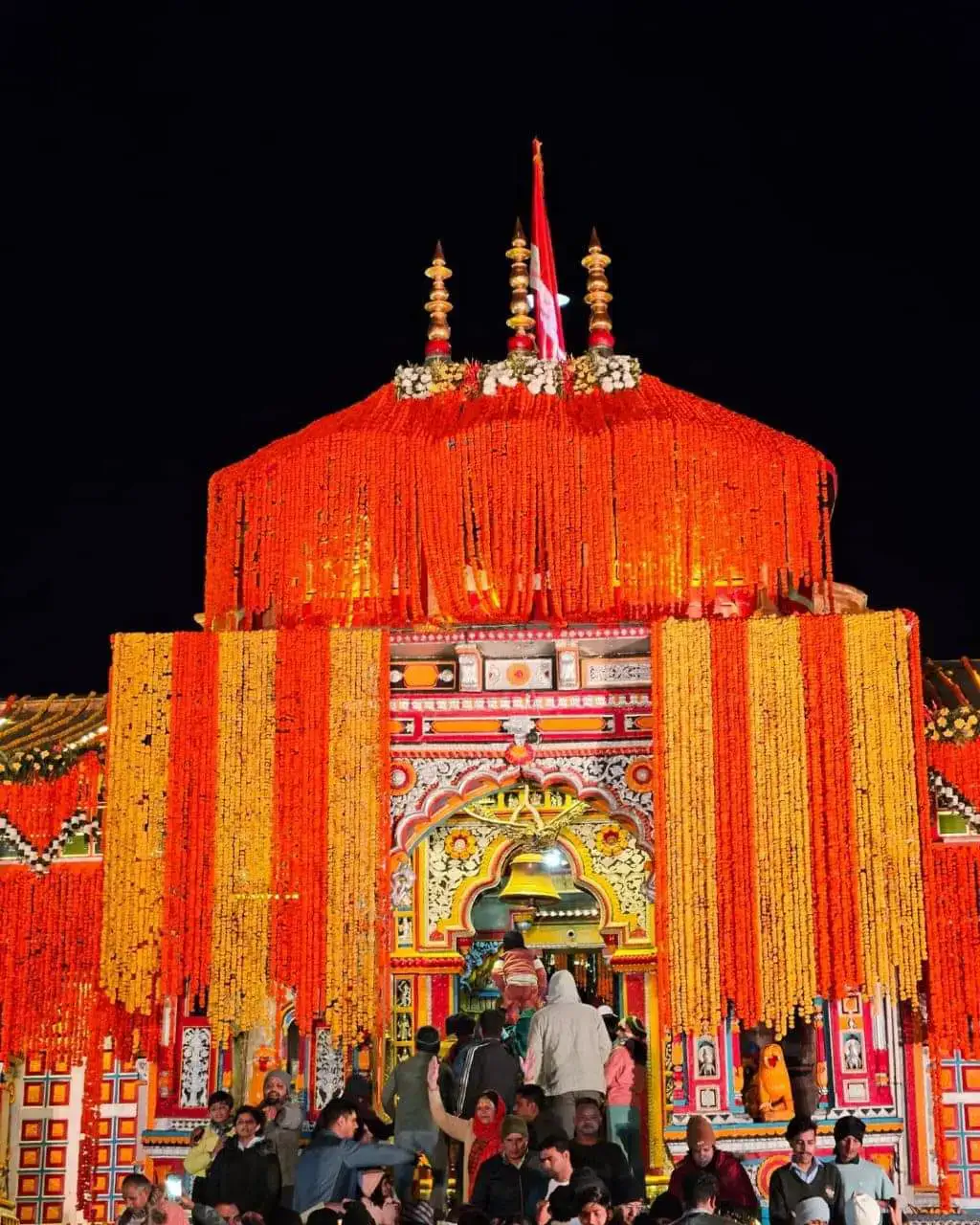
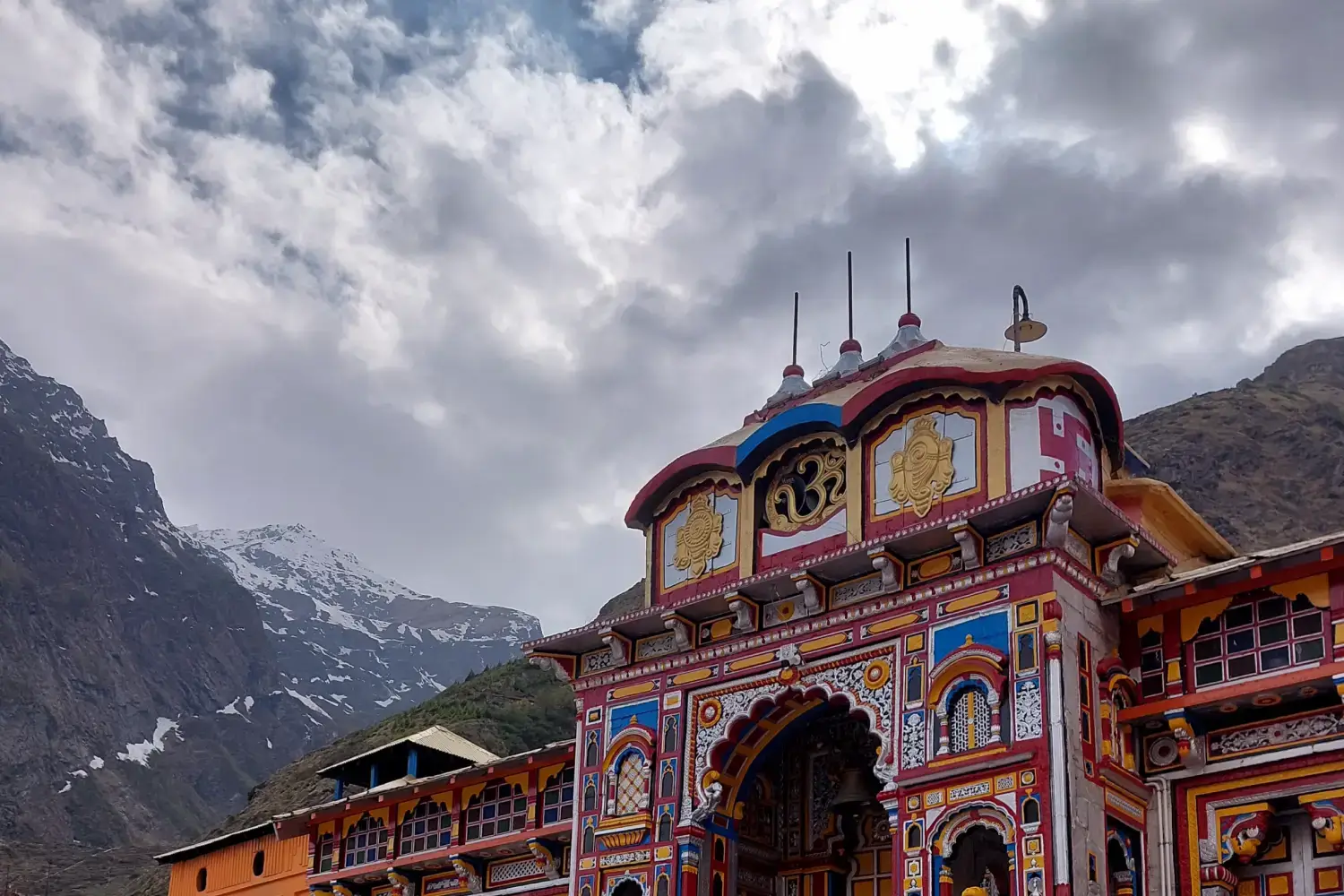
Badrinath Temple is one of the four most revered temples in Hinduism, along with the temples of Puri, Dwarka, and Rameshwaram. Visiting these sacred sites is believed to grant salvation to pilgrims. It is said that the temple was established by Adi Shankaracharya in the 8th century as part of his efforts to revive Hinduism. He founded all four Char Dham temples and traveled approximately 3,000 kilometers from Kalady in Kerala to Badrinath in the Himalayas.
However, Badrinath is mentioned in several Hindu scriptures, including the Skanda Purana and the Mahabharata, which are believed to be at least 2,500 years old. This suggests that the original Badrinath Temple existed long before Adi Shankaracharya.
Badrinath is considered the place where Lord Vishnu once meditated for an extended period. Since the location is in the mountains, Goddess Lakshmi, his consort, is believed to have taken the form of a Badri tree (red date tree) to provide him with shade and warmth. Hence, the place came to be known as Badrinath, meaning "Lord of Badri."
Many believe that Badrinath once served as a Buddhist shrine for a significant period, which is why the temple's outer architecture resembles a Buddhist vihara. Historical evidence suggests that the temple has been renovated multiple times by various rulers, including the Garhwal kings.
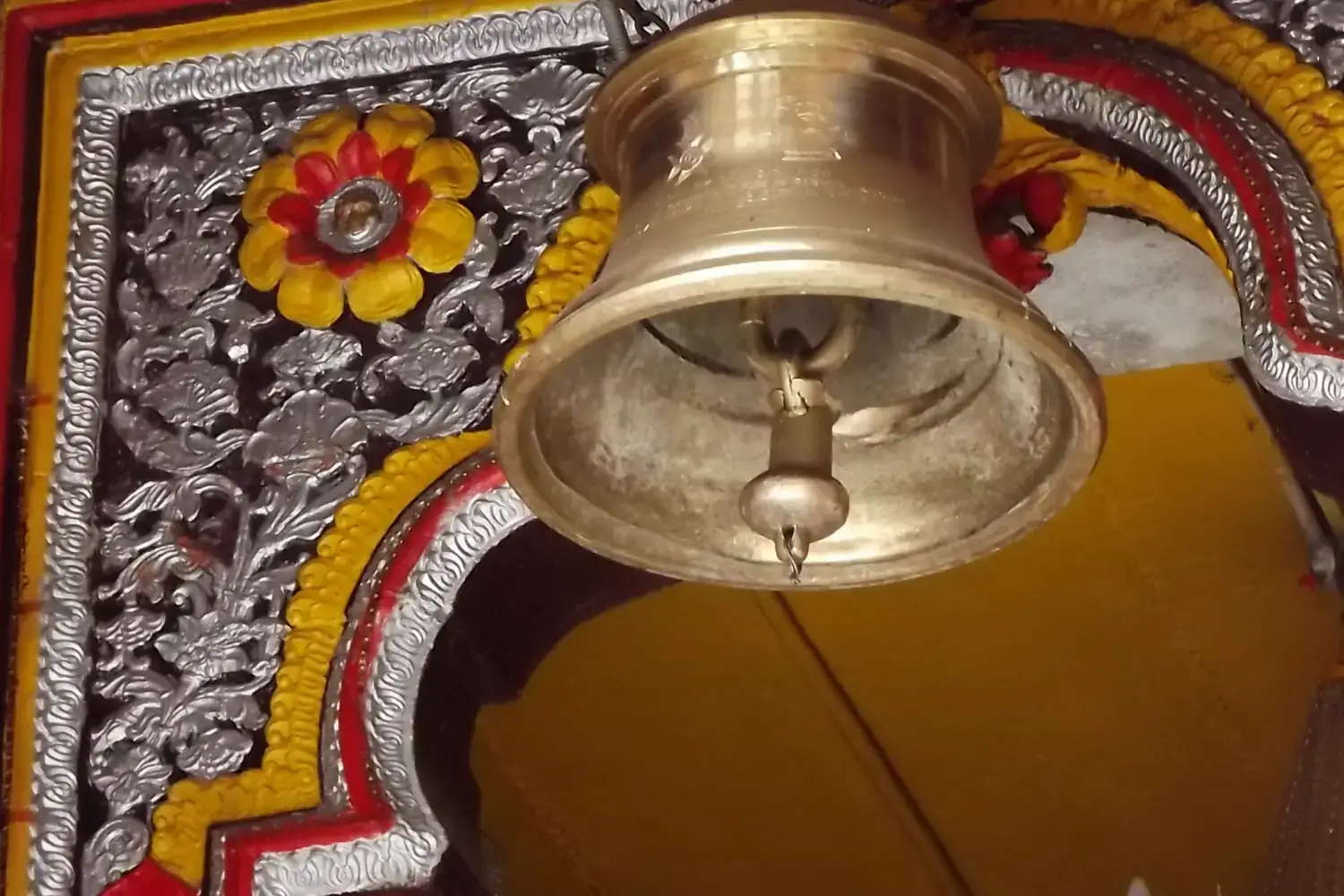
Badrinath, like all other Char Dham temples in Uttarakhand, remains closed during winter and opens in summer for about six months. The opening dates for all Char Dham temples, including Yamunotri, Gangotri, Kedarnath, and Badrinath, are determined according to the Hindu calendar. On the auspicious day of Akshay Tritiya, the first two temples, Yamunotri and Gangotri, open for devotees, while Badrinath opens several days later.
The official opening date of Badrinath Dham was decided on Basant Panchami, which fell on February 2nd. For the year 2025, Badrinath Dham is scheduled to open on May 4th.
As winter approaches, the Char Dham temples in Uttarakhand close due to harsh weather conditions at high altitudes. The closing dates of the Char Dham temples, including Badrinath Dham, are determined by priests as the pilgrimage season nears its end. The closing date of Badrinath Temple is typically around the Bhai Dooj festival, with the official announcement made on Vijaya Dashami (Dussehra).
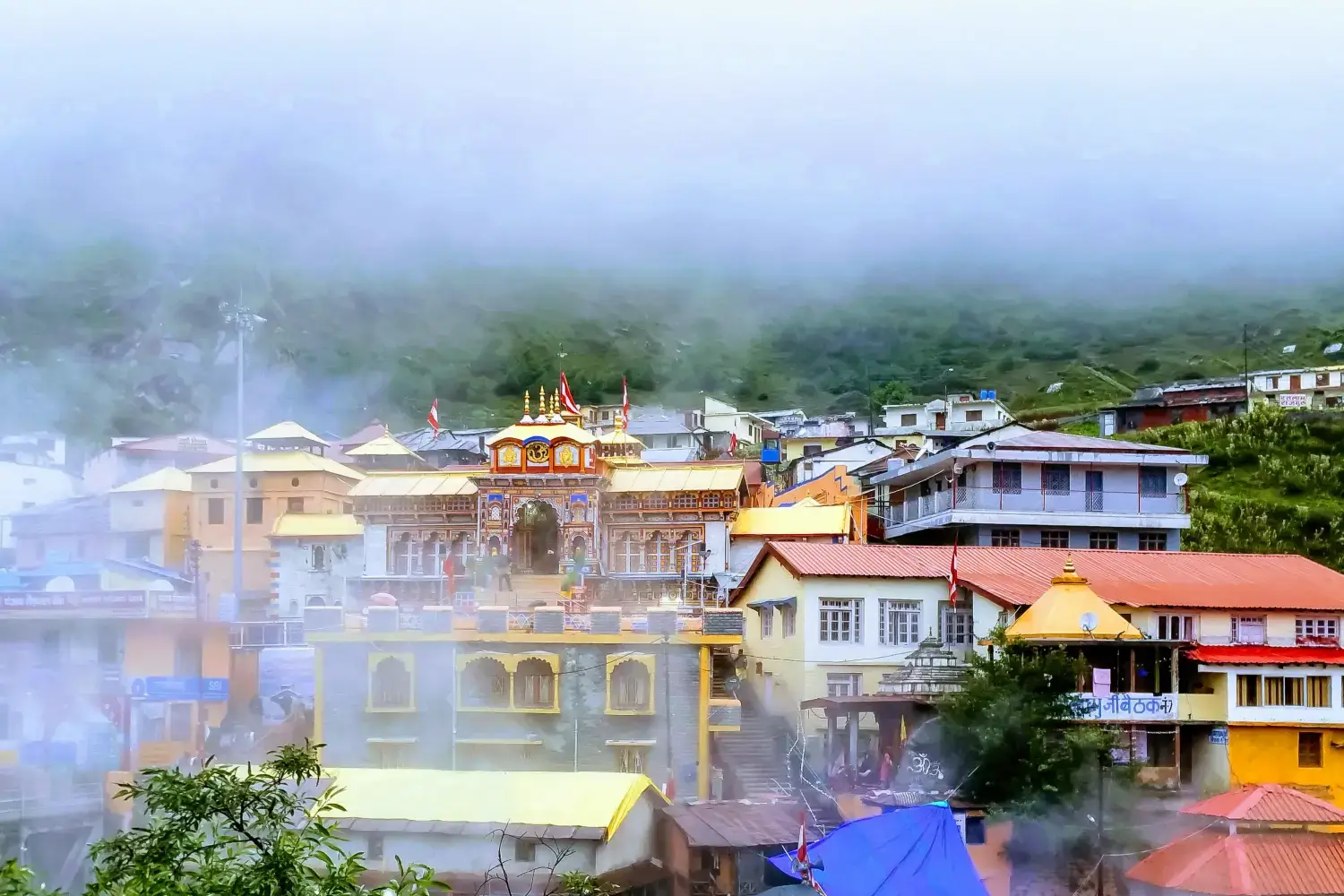
The Badrinath Temple remains open to visitors for only six months each year. The best time to visit Badrinath is from May to June and September to October when the weather is pleasant, allowing devotees to complete their pilgrimage comfortably.
The monsoon season in July and August brings heavy rainfall, which can lead to dangerous landslides and road blockages; therefore, travelers should avoid this period. The months of September through early October offer ideal conditions for visiting Badrinath, as the temple receives fewer visitors, and the Himalayas showcase their stunning post-monsoon beauty.
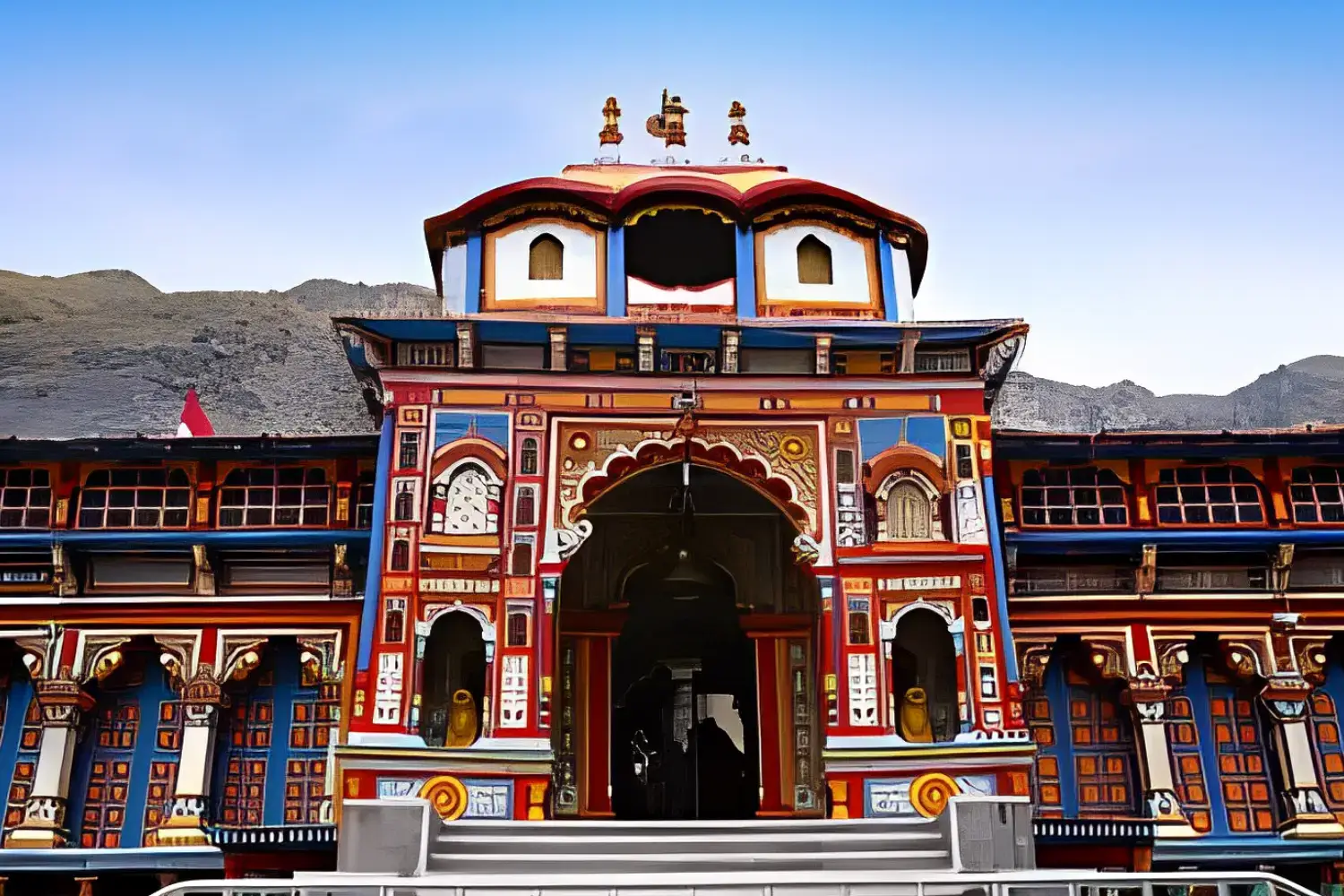
Every devotee must register before visiting Badrinath. The pilgrimage requires devotees to obtain permits and essential documentation from the Uttarakhand government to ensure safety and order during their journey.
Our Badrinath Yatra packages simplify the travel process by handling all necessary permissions for visitors. All devotees must register on the Uttarakhand tourism portal by providing valid identification documents and personal information. It is advisable to complete the registration process early to avoid last-minute issues and ensure a smooth pilgrimage experience.
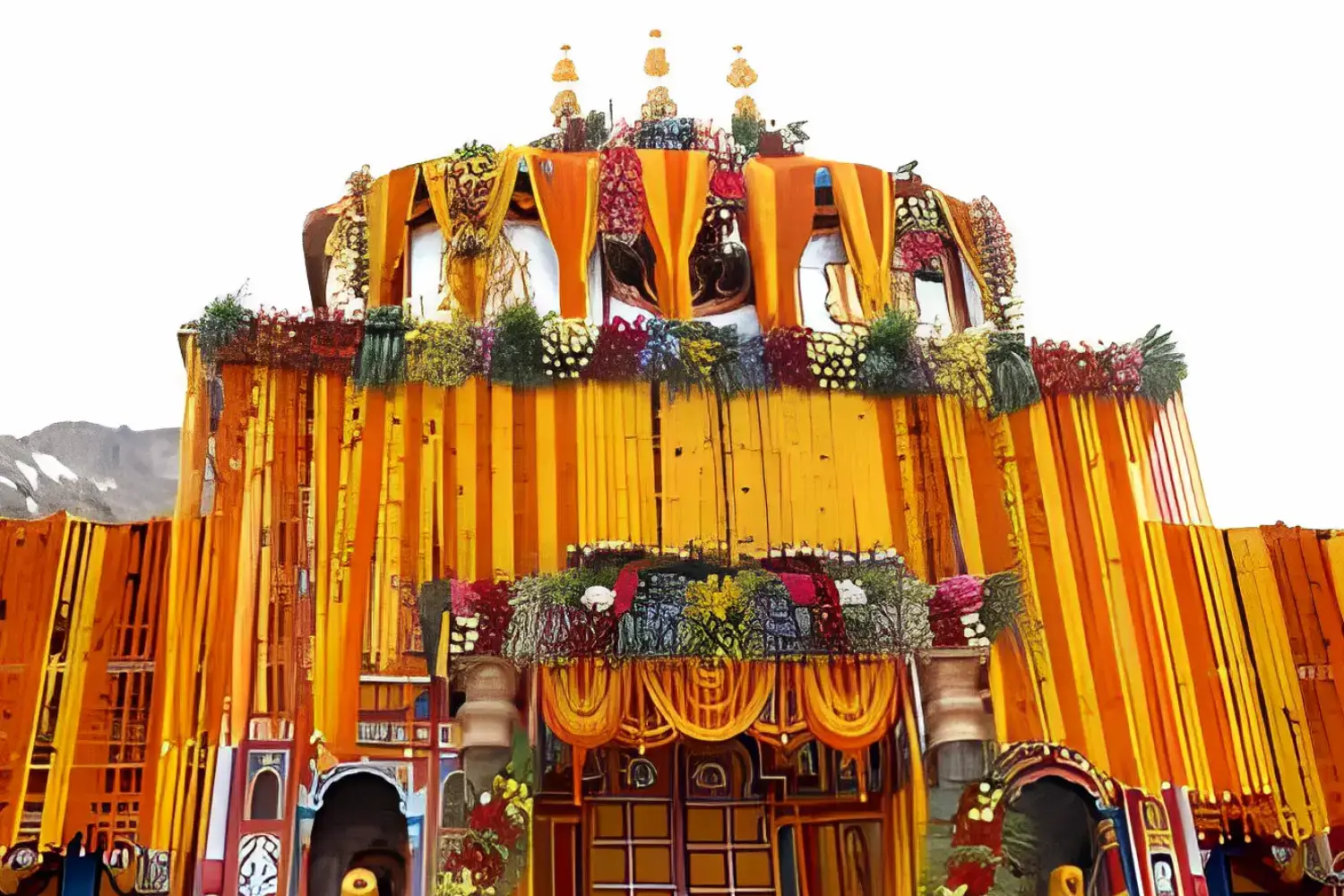
The town of Badrinath offers a variety of lodging options, including GMVN guesthouses, Dharamshalas, budget hotels, and lodges. However, most pilgrims prefer to stay in Joshimath, Pandukeshwar, or Govindghat, as these locations provide better facilities and a wider range of accommodations.
Our Badrinath Yatra packages simplify the travel process by handling all necessary permissions for visitors. All devotees must register on the Uttarakhand tourism portal by providing valid identification documents and personal information. It is advisable to complete the registration process early to avoid last-minute issues and ensure a smooth pilgrimage experience.
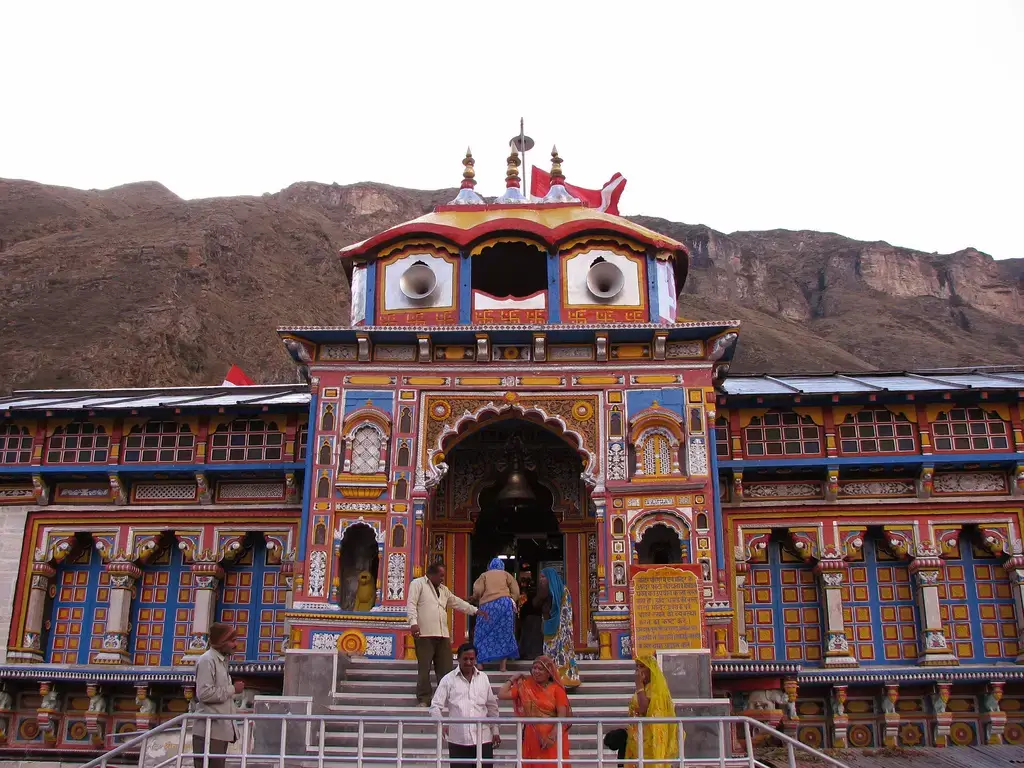
There are multiple unique and notable places to visit near Badrinath. If you are planning a Badrinath Yatra in 2025, you can choose to visit a few of these must-visit attractions around Badrinath.
Tapt Kund
This natural hot water spring Tapt Kund is located much closer to the Badrinath temple itself. It is believed to possess healing properties. The sacred hot spring serves as a bathing spot for pilgrims before they enter the temple.
Brahma Kapal
Stands as a holy location by the Alaknanda River, Brahma Kapal serves as a place for ancestor memorial rituals.
Mana Village
The first village of India, Mana Village is a small and beautiful village just before the Indo-Tibetan border. One can experience both mythological importance and stunning vistas here.
Vyas Gufa
According to the popular local beliefs, Vyas Gufa is the historic cave where Sage Vyas wrote the Mahabharata.
Charan Paduka
The religious site known as Charan Paduka is a rock attraction that features a rock which has footprints of Lord Vishnu which pilgrims can find 3 kilometers from the temple.
Satopanth Lake
A breathtaking high-altitude lake that combines religious importance with panoramic mountain views.




